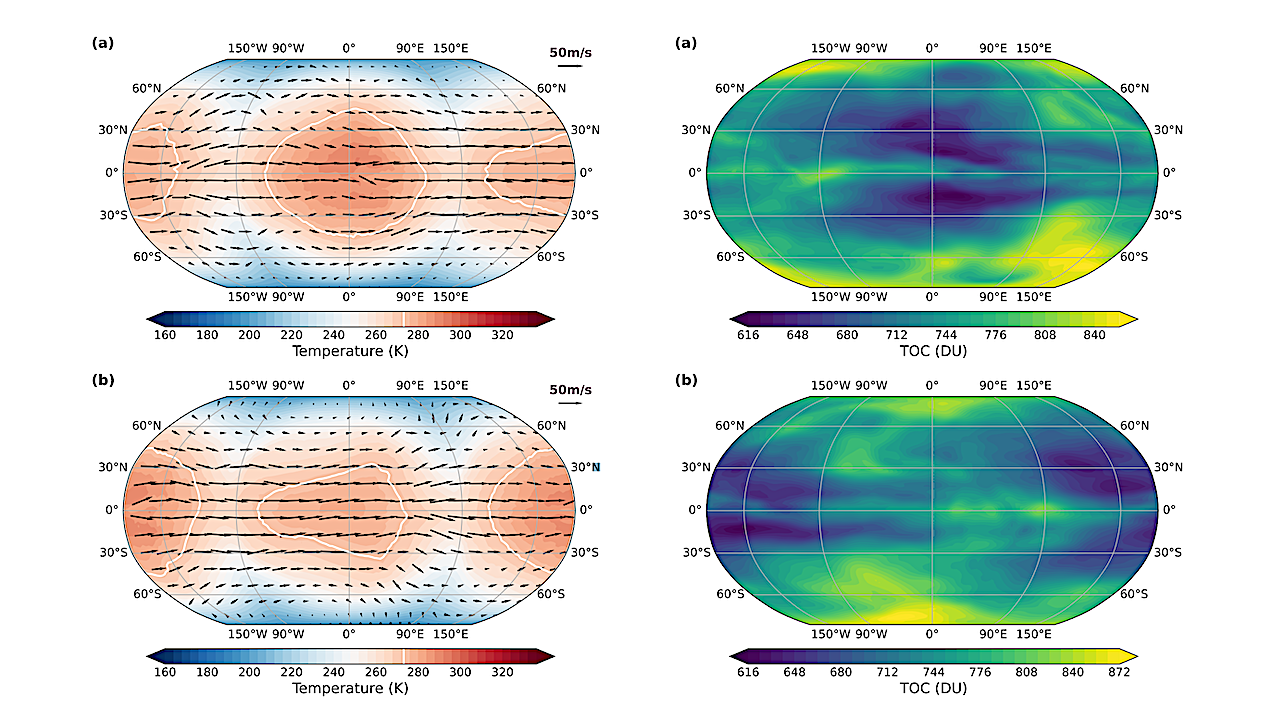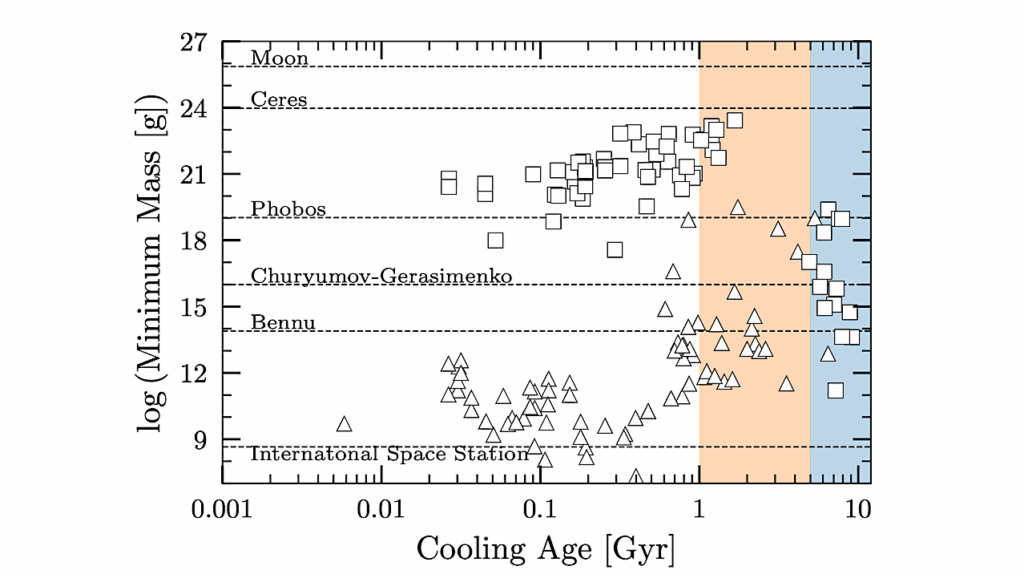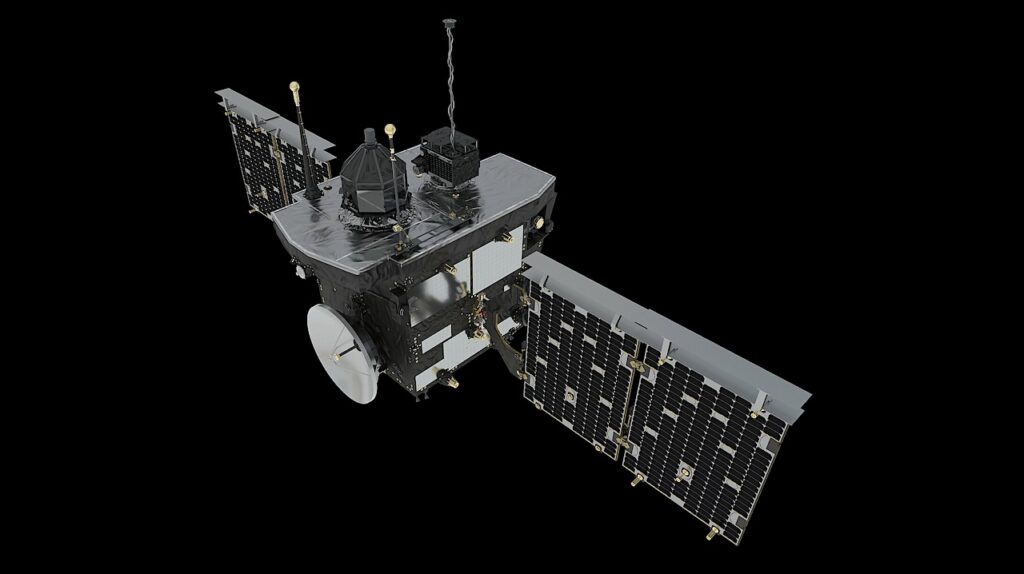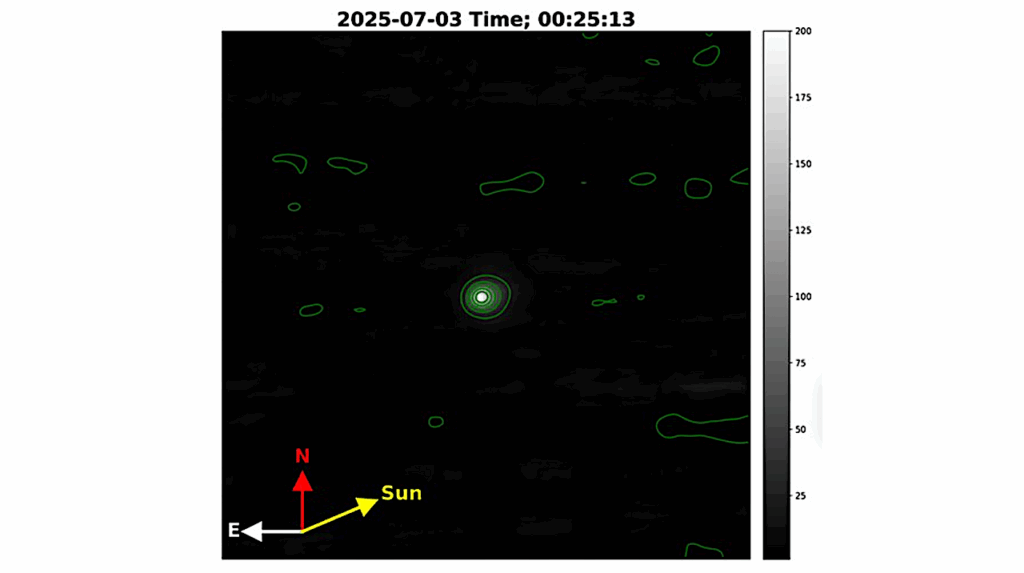Earth-like Exoplanets In Spin-orbit Resonances: Climate Dynamics, 3D Atmospheric Chemistry, and Observational Signatures

Terrestrial exoplanets around M- and K-type stars are important targets for atmospheric characterisation. Such planets are likely tidally locked with the order of spin-orbit resonances (SORs) depending on eccentricity. We explore the impact of SORs on 3D atmospheric dynamics and chemistry, employing a 3D coupled Climate-Chemistry Model to simulate Proxima Centauri b in 1:1 and 3:2 SOR.
For a 1:1 SOR, Proxima Centauri b is in the Rhines rotator circulation regime with dominant zonal gradients (global mean surface temperature 229 K). An eccentric 3:2 SOR warms Proxima Centauri b to 262 K with gradients in the meridional direction. We show how a complex interplay between stellar radiation, orbit, atmospheric circulation, and (photo)chemistry determines the 3D ozone distribution.
Spatial variations in ozone column densities align with the temperature distribution and are driven by stratospheric circulation mechanisms. Proxima Centauri b in a 3:2 SOR demonstrates additional atmospheric variability, including daytime-nighttime cycles in water vapour of +55% to −34% and ozone (±5.2%) column densities and periastron-apoastron water vapour cycles of +17% to −10%.
Synthetic emission spectra for the spectral range of the Large Interferometer For Exoplanets fluctuate by up to 36 ppm with orbital phase angle for a 1:1 SOR due to 3D spatial and temporal asymmetries.
The homogeneous atmosphere for the 3:2 SOR results in relatively constant emission spectra and provides an observational discriminant from the 1:1 SOR. Our work emphasizes the importance of understanding the 3D nature of exoplanet atmospheres and associated spectral variations to determine habitability and interpret atmospheric spectra.
Marrick Braam, Paul I. Palmer, Leen Decin, Nathan J. Mayne, James Manners, Sarah Rugheimer
Comments: 31 pages, 19 figures, revised and re-submitted to The Planetary Science Journal
Subjects: Earth and Planetary Astrophysics (astro-ph.EP)
Cite as: arXiv:2410.19108 [astro-ph.EP] (or arXiv:2410.19108v1 [astro-ph.EP] for this version)
https://doi.org/10.48550/arXiv.2410.19108
Focus to learn more
Submission history
From: Marrick Braam
[v1] Thu, 24 Oct 2024 19:21:00 UTC (7,588 KB)
https://arxiv.org/abs/2410.19108
Astrobiology,








